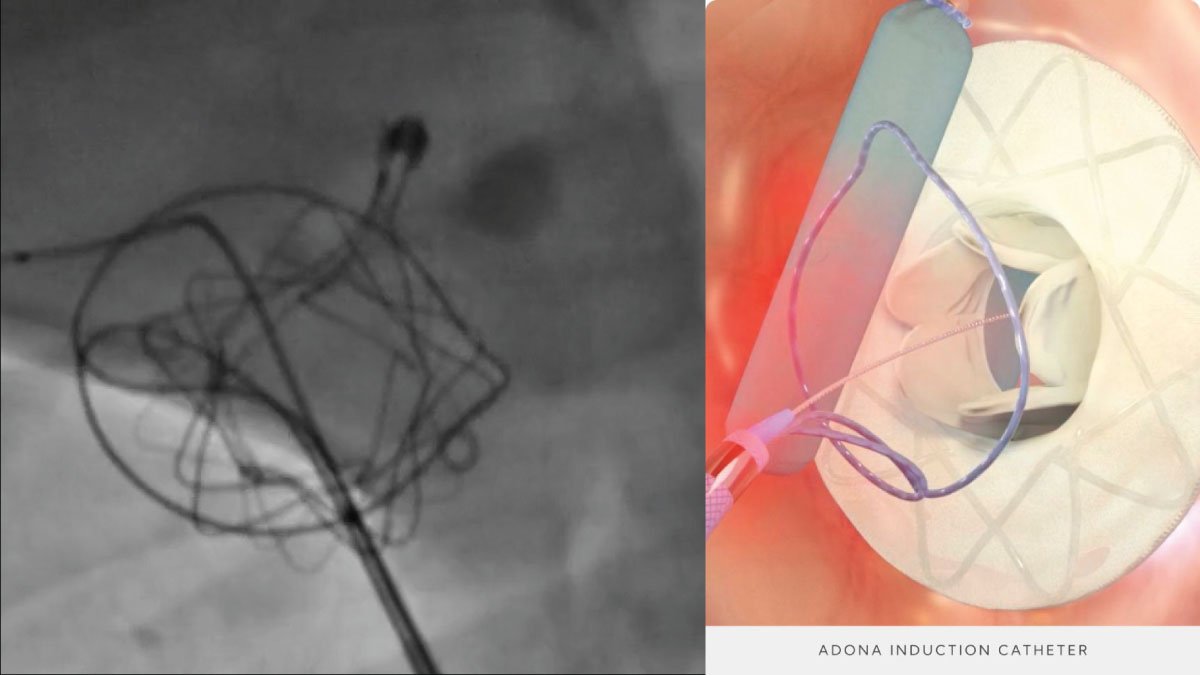Prosthetic Sleeve Innovation: Biomedical Graduates Secure Patent for Advanced Design

Quick Read
Trine University’s biomedical engineering program has produced graduates who have obtained a patent for an advanced prosthetic sleeve, aimed at enhancing the comfort and performance of prosthetic legs. This cutting-edge sleeve employs ripstop technology to boost its strength and tackle typical issues encountered by individuals with amputations. The device is set to revolutionize prosthetic treatment, with potential uses in medical equipment and upcoming developments in biomechanics.
Trine University’s Biomedical Engineering Graduates Secure Patent for Advanced Prosthetic Sleeve
In a significant achievement, graduates in biomedical engineering from Trine University have obtained a patent for an advanced prosthetic sleeve. This sleeve, developed as part of their final project, aims to enhance the lives of individuals with lower limb amputations by improving the longevity and comfort of prosthetic devices. This groundbreaking technology represents a major advancement in prosthetic care, offering a solution to a persistent challenge faced by amputees globally.
Benefits of the Advanced Prosthetic Sleeve
A key benefit of this prosthetic sleeve is its incorporation of ripstop technology, a material known for its exceptional durability and resistance to wear. By using this material, the sleeve provides better protection for the prosthetic limb, reducing the risk of damage and prolonging the device’s lifespan. This feature is especially advantageous for active amputees who depend on their prosthetics for everyday tasks or sports.
The sleeve’s design also tackles the issue of discomfort, a frequent complaint among prosthetic users. Its breathable, flexible material molds to the residual limb, minimizing discomfort and boosting overall comfort. This high level of comfort and durability can significantly enhance an amputee’s mobility and independence, making daily activities easier to manage.
Applications in the Medical Device Sector
The success of this prosthetic sleeve has implications beyond individual use, as it opens up possibilities for wider applications in the medical device sector. This innovation could be applied to various prosthetic limb types, from those below the knee to those above the knee. Additionally, its sturdy design positions it well for use in patients across different economic backgrounds, from developed to developing countries, where durable and affordable prosthetic technology is crucial.
Beyond prosthetics, the materials and techniques employed in this sleeve could lead to advancements in other medical devices. For instance, the same ripstop technology could be adapted for orthotics or wearable health technology, where durability and comfort are key factors in patient outcomes.
Future Developments in Prosthetic Technology
As the field of biomedical engineering progresses, this advanced prosthetic sleeve paves the way for future developments in prosthetic technology. One area of future focus is the integration of sensor technology into prosthetics to monitor movement and comfort in real-time, offering users immediate feedback. The combination of durability, comfort, and smart technology could transform prosthetic care, providing amputees with greater independence and a higher quality of life.
Furthermore, the patenting of this prosthetic sleeve highlights the increasing role of student-driven innovation in the biomedical field. As more graduates seek patents for their innovative designs, universities and research institutions are expected to play a more significant part in the development of next-generation medical devices.
Conclusion:
The patent obtained by graduates in biomedical engineering for their groundbreaking prosthetic sleeve marks a significant advancement in prosthetic technology. This sleeve tackles important challenges like longevity and comfort, enhancing the daily lives of individuals with amputations and opening up possibilities for extensive use in healthcare tools. As technology progresses, this breakthrough could lead to more resilient, flexible, and smart prosthetic options, revolutionizing the field of biomechanical engineering.




















